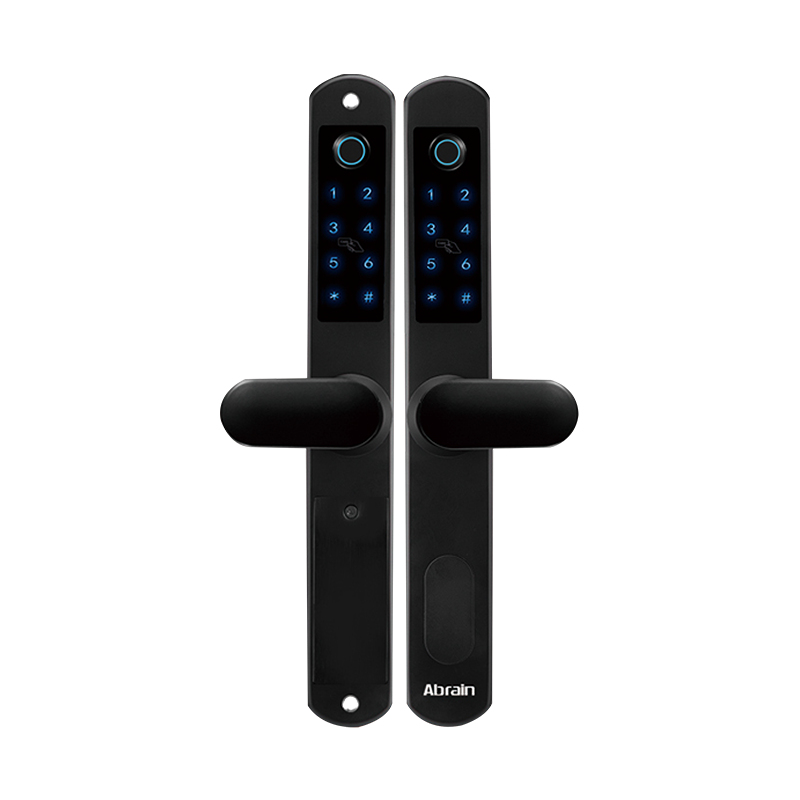How to Choose a Double-Sided Fingerprint Door Lock
As the need for secure and convenient access control solutions continues to grow, double-sided fingerprint door locks have become a popular choice for both residential and commercial properties. These locks are particularly well-suited for entryways that require access from both sides of the door, such as office buildings, apartments, and even homes with multiple entry points. The use of biometric fingerprint recognition technology adds an additional layer of security and convenience, but selecting the right model requires careful consideration. Here are some important factors to keep in mind when choosing a double-sided fingerprint door lock.

The core function of any double-sided fingerprint door lock is its ability to reliably and quickly scan and recognize fingerprints. It's essential to choose a model with an advanced fingerprint sensor that can capture accurate scans even in less-than-ideal conditions (e.g., wet or dry fingers). Modern fingerprint recognition systems utilize capacitive or optical sensors that create a highly detailed image of the fingerprint's ridges, which provides more accurate results and reduces the risk of false rejections.
Additionally, the lock should offer fast recognition times, ensuring that users can access the door promptly without delays. Some locks feature advanced algorithms that increase the system's speed and precision, which is important for high-traffic environments.
The design of the double-sided fingerprint door lock should be both functional and durable. Look for a lock made from high-quality materials, such as stainless steel or reinforced alloys, to ensure it can withstand wear and tear over time. The lock should be weather-resistant if installed on exterior doors, ensuring it can withstand exposure to the elements without compromising its performance.
A sleek, modern design is also important, especially for properties where appearance matters. Whether for an office, home, or high-end apartment complex, the lock should complement the overall aesthetic of the space.
In today's fast-paced and security-conscious world, fingerprint door locks for offices are becoming an essential tool for businesses aiming to improve both security and operational efficiency. These biometric locks offer several key advantages over traditional locking systems, making them an ideal choice for modern office environments. Here are the primary problems that a fingerprint door lock for office can solve.
One of the significant issues that fingerprint door locks for offices address is the management of physical keys. Traditional key-based systems are vulnerable to a host of security risks. Keys can be lost, stolen, or duplicated, potentially compromising the safety of sensitive areas in an office. In a busy office environment, keeping track of multiple keys can also be cumbersome and inefficient.
A fingerprint door lock for office solves this problem by eliminating the need for keys entirely. Instead of using a physical key, employees or authorized personnel gain access using their unique biometric fingerprint. This ensures that only authorized individuals can enter secure areas, providing a higher level of security and reducing the risk of unauthorized access.
Traditional locks and keys provide limited control over who enters specific areas of an office. Once someone has a key, they can access the area at any time. In contrast, fingerprint door locks for offices allow for more granular control. Administrators can store multiple fingerprints in the system, assign access to specific individuals, and even set time-based permissions. This ensures that only authorized personnel can enter certain areas, such as executive offices, server rooms, or restricted storage spaces.
Additionally, many fingerprint door locks for offices come with logging features that track who accessed the door and when, providing a detailed audit trail. This can be invaluable for businesses needing to monitor employee access or maintain security protocols.


